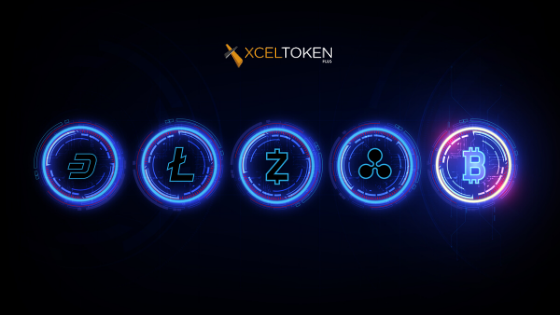Introduction To Cryptoeconomcs
We often see Bitcoin and other cryptocurrencies like the Wild West: no rules, no social norms, only greed, selfishness and mining. This professed lack of law and order makes the crypto world scary to many people. Nevertheless, in reality, there are rules that govern decentralized peer-to-peer (p2p) networks such as Bitcoin. These rules are coded into procedures and deliver the framework for how contributors of a network interact with each other. They help us create a secure, trustworthy and valuable system, just like laws deliver a framework for a better society. Cryptoeconomics asks the question of how we can design these rules and incentives, so that the networks stay secure and create value for everyone. Cryptoeconomics uses cryptographic tools, game theory and economic incentives to achieve this goal.
The Two Pillars of Cryptoeconomics
Cryptography: techniques that keep messages secure
Economic incentives: rules and rewards that encourage you to add value to the network
In this blog we will specifically be talking about the economic tools of Cryptoeconomics.
Economic tools are incentives that encourage and discourage certain behaviour amongst network participants.
The most basic economic tool is the use of tokens and consensus mechanisms.
Tokens
Tokens are exchangeable goods within the decentralized p2p network. The most famous token in the crypto world is Bitcoin.
Beyond Bitcoin, tokens can be exchanged for a variety of goods and services. For example, you can rent out your excess CPU/GPU cycles via the Golem Network and get paid by the GNT (Golem Network Token) as a reward for your service. The presence of tokens creates a shared value amongst network participants, which makes decentralized p2p networks more like separate economies or ecosystems.
Now let’s see how tokens are used to incentivize desirable behaviour in the Bitcoin network.
Block rewards
Let’s say you are a node that creates a new block to be included in the Bitcoin blockchain. You are rewarded for your work by being allowed to include a special transaction (coinbase transaction). This transaction allows you to send a block reward to your own address. Currently (June 2018) miners receive a block reward of 12.5 bitcoins.
You will only be able to reap the reward if the new block is accepted by the rest of the network. Other nodes express their acceptance by including your new block’s hash in the next block they create. This incentivizes them to only include blocks with valid transactions. Because you believe they won’t accept your new block if you include faulty transactions, you are incentivized to include only valid transactions if you want the block reward.
Transaction fees
As I mentioned above, the block reward for creating new blocks decreases at a set rate, which means that there is a finite amount of bitcoins. But what incentivizes participants to continue building the Bitcoin blockchain and to execute transactions if they don’t get rewarded by being able to mine new bitcoin? Simple: they receive transaction fees for each transaction they include in their block.
Transaction fees also disincentivize participants from slowing down the network by sending transactions from and to their own accounts.
Consensus Mechanisms
Participants in a decentralized p2p network need to agree — they need to reach consensus — about the state of the network and about what blocks and transactions to include on the blockchain. We need a mechanism that helps eliminate issues that arise from decentralization and the possible presence of adversaries.
A consensus mechanism is a protocol on top of the blockchain that takes each node’s proposed block as an input and selects a valid block as an output.
Let’s take a look at Bitcoin’s Proof-of-Work consensus mechanism. Simply put, miners must expend a great amount of computational power to prove they have “skin in the game” and then they are allowed to propose a new block. They expend this computational power by solving hash puzzles that are based on the properties of hash functions I’ve mentioned earlier. I’m not going to dive into the technical details of these hash puzzles but you can read more on pages 64–67 of the Princeton Bitcoin book. From a cryptoeconomics perspective, it is important to note that miners must expense fiat currency to buy computing power (nowadays in the form of highly specialized and high-performance ASIC chips). With that, they have expensed significant resources that they would lose if their block wouldn’t be included on the blockchain.
Another popular consensus mechanism is Proof-of-stake. Generally, this consensus mechanism works by having a set of validators take turns proposing and voting on the next block, and the weight of each validator’s vote depends on the size of their staked deposit. They lose their stake if the block is not included in the blockchain and are therefore incentivized to vote on blocks that include only valid transactions. If you want to read more about Proof-of-Stake, I suggest perusing the writings of Vlad Zamfir and Vitalik Buterin, who are championing PoS for Ethereum (which currently runs on PoW).



Comments
Post a Comment